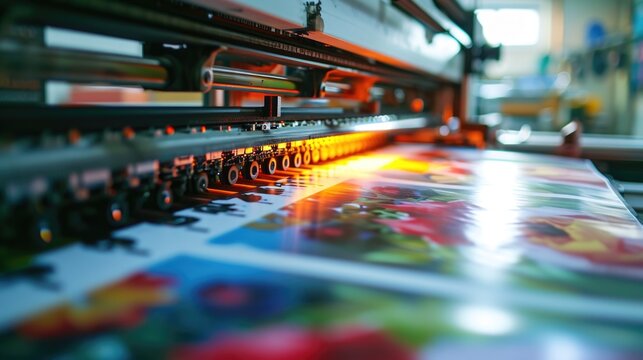Are you wondering how to label glass bottles effectively for your business or personal use? It’s here a remarkable guide that will walk you through the process with delighted ease while leveraging the latest technology and trends. Whether you’re a novice or a seasoned professional, labeling glass bottles can seem daunting, but with the right approach, it becomes a tremendous opportunity to enhance your brand’s identity.

The Importance of Labeling Glass Bottles
Labeling not only gives identity to your bottles but also provides vital information about the product. It plays a crucial role in marketing by making bottles attractive and informing consumers.
Selecting the Right Materials
Glass-Compatible Adhesives
Using the proper adhesive ensures that labels remain intact. Opt for adhesives specifically designed for glass to prevent peeling or sliding.
Label Material Options
The choice of material affects both appearance and durability. Popular options include paper, vinyl, and polyester, each offering unique benefits.
Creative Design Tips for Glass Bottle Labels
Color Schemes
Colors impact consumer perception and should align with your brand. Consider using colors that stand out against the transparent background.
Typography and Imagery
Fonts should be legible and images clear. Branding elements must be cohesively included to reflect the product’s identity.
Step-by-Step Label Application Process
Preparing the Surface
To ensure label adhesion, the bottle surface should be clean and dry. Use a mild detergent to remove grease or dust before application.
Applying the Label
Start by aligning the label carefully, then press it down from the center outwards to eliminate air bubbles. Consistent pressure helps in sticking properly.
Using Technology for Custom Labels
Modern technology provides easy design and printing solutions. Online platforms and desktop applications offer customizable templates. You can learn more about label printing techniques from this resource.
Labeling for Different Industries
Food and Beverage
These industries require compliance with regulations. Labels must include nutritional information, ingredients, and expiry dates.
Cosmetics and Pharmaceuticals
Precision in labeling is crucial here for safety and regulatory reasons. Clear instructions and warnings are mandatory for consumer safety.
Common Challenges and Solutions
Label durability, adhesive issues, and compliance challenges are common. Using quality materials and staying updated with industry regulations helps mitigate these.
Innovations in Bottle Labeling
Recent advances have led to reusable and interactive labels that engage consumers. Technologies like QR codes enhance interaction and information accessibility.
Environmental Considerations
Eco-friendly labeling alternatives are gaining popularity. Use recyclable materials and sustainable practices to minimize environmental impact.
Where to Get Professional Help
If DIY isn’t for you, consider hiring professional services. Competent vendors offer tailored solutions that meet your branding and regulatory needs.
Conclusion
Mastering the art of how to label glass bottles can be a life-changing addition to your business branding toolkit. By utilizing appropriate materials, designs, and technology, you can create labels that are attractive, informative, and sustainable, ultimately offering a terrific customer experience.

FAQs
Can I label glass bottles at home?
Yes, you can! With proper materials and design tools, DIY labeling is accessible to everyone.
What is the best adhesive for glass labels?
Adhesives specifically designed for glass ensure the best results, offering strong adherence without residue.
How do I ensure the durability of labels?
Choosing high-quality materials and applying labels correctly will enhance durability, even in varied environmental conditions.
For additional insights, visit How to Print Business Cards at Home and Where to Print Business Cards.






